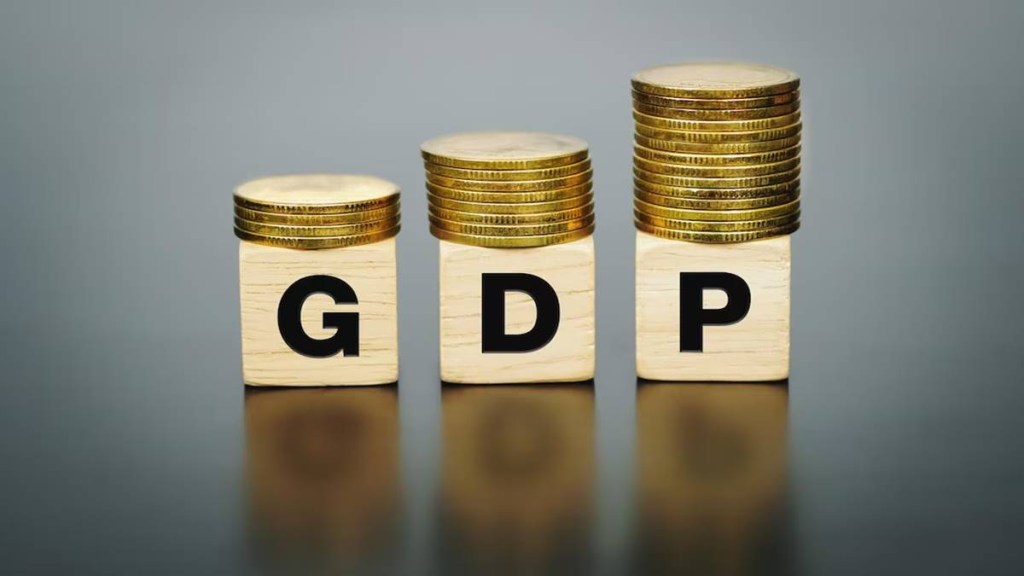India’s economy likely grew by 8% in 2023-24 and the expansion rate may be over 7% in the current financial year, chief economic adviser V Anantha Nageswaran said on Wednesday, adding that any ‘nasty upside surprises’ on inflation isn’t expected.
On the decline in households’ net financial savings in FY23, Nageswaran said households ran down the financial savings to accumulate real assets, leading to a portfolio shift.
He said there was a “high possibility” of GDP growth having touched 8% in FY24 on the back of robust growth registered during the three quarters of the financial year ended March 2024. The GDP data for FY24 will be released by end-May.
GDP in real terms grew 8.4% in Q3FY24, 7.6% in Q2 and 7.8% in Q1. The government’s second advance estimate pegged the growth rate at 7.6% for FY24.
For the current financial year, the International Monetary Fund has estimated of 6.8% while the Reserve Bank of India has pegged it at 7%. “If The RBI forecasts of 7% for FY25 turn out to be either correct or even underestimated, then it would be the fourth consecutive year of 7% or higher growth rate,” he said.
On inflation, the economist said a lot would depend on how the monsoon shapes up. Although the expectations are that there will be an above-normal monsoon, spatial and temporal distribution’ will matter. “We don’t see, at the moment, scope for nasty upside surprises. There can always be scenarios in geopolitics that can cause inflation to be more than what we expect but at this point, the baseline scenario is that inflation gradually converges to the midpoint of the target range,” Nageswaran said.
RBI is maintaining a headline CPI inflation target of 4% with a tolerance band of +/- 2%.
Considering factors such as geopolitical conflicts, potential adverse domestic weather shocks and the prediction of an above-normal monsoon this year by the IMD, the RBI has projected CPI inflation for 2024-25 at 4.5% compared with 5.4% in 2023-24.
On the growth beyond FY25, the CEA said, there is a possibility of India growing between 6.5-7% as balance sheet strength in the financial sector and the corporate sector has been strengthened.
Talking about the households’ net financial savings in FY23 which stood at 5.3% of GDP, the lowest in around five decades, he said it was due to a portfolio shift of savings.
He also said that the household sector’s net financial savings flows were lower in 2022-23 at 5.1 per cent due to the bulk of savings shifting to real sectors. “Considering the slump we had in real estate in the second decade, it was a good portfolio shift,” he said.
Responding to a question about raising the tax-GDP ratio, the CEA said it has to happen organically. “I think the kind of tax-GDP ratio we have for an economy of this per capita income is commensurate. Sometimes if the tax-GDP ratio is rising much faster than per capita income and it could come into the way of economic activity,” he added.
The Centre’s tax to GDP was estimated to be 11.7% in FY24, up from 11.3% in FY23.

